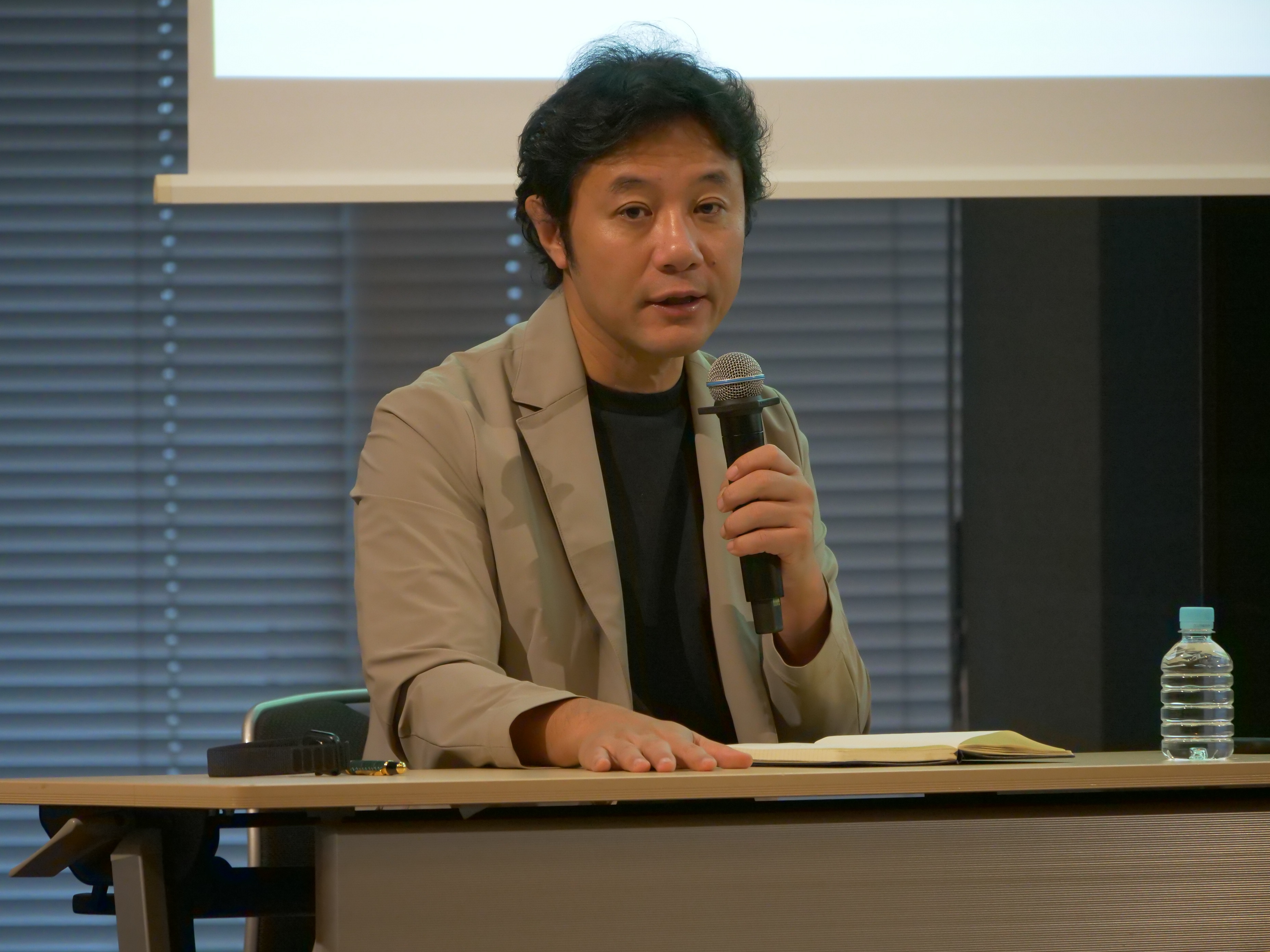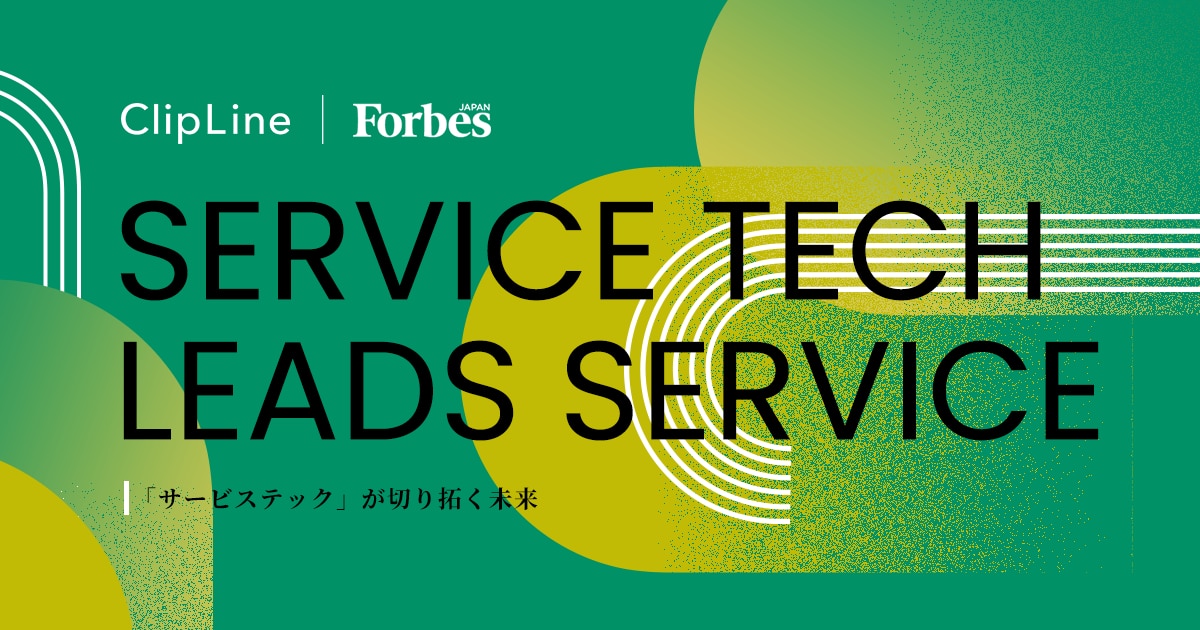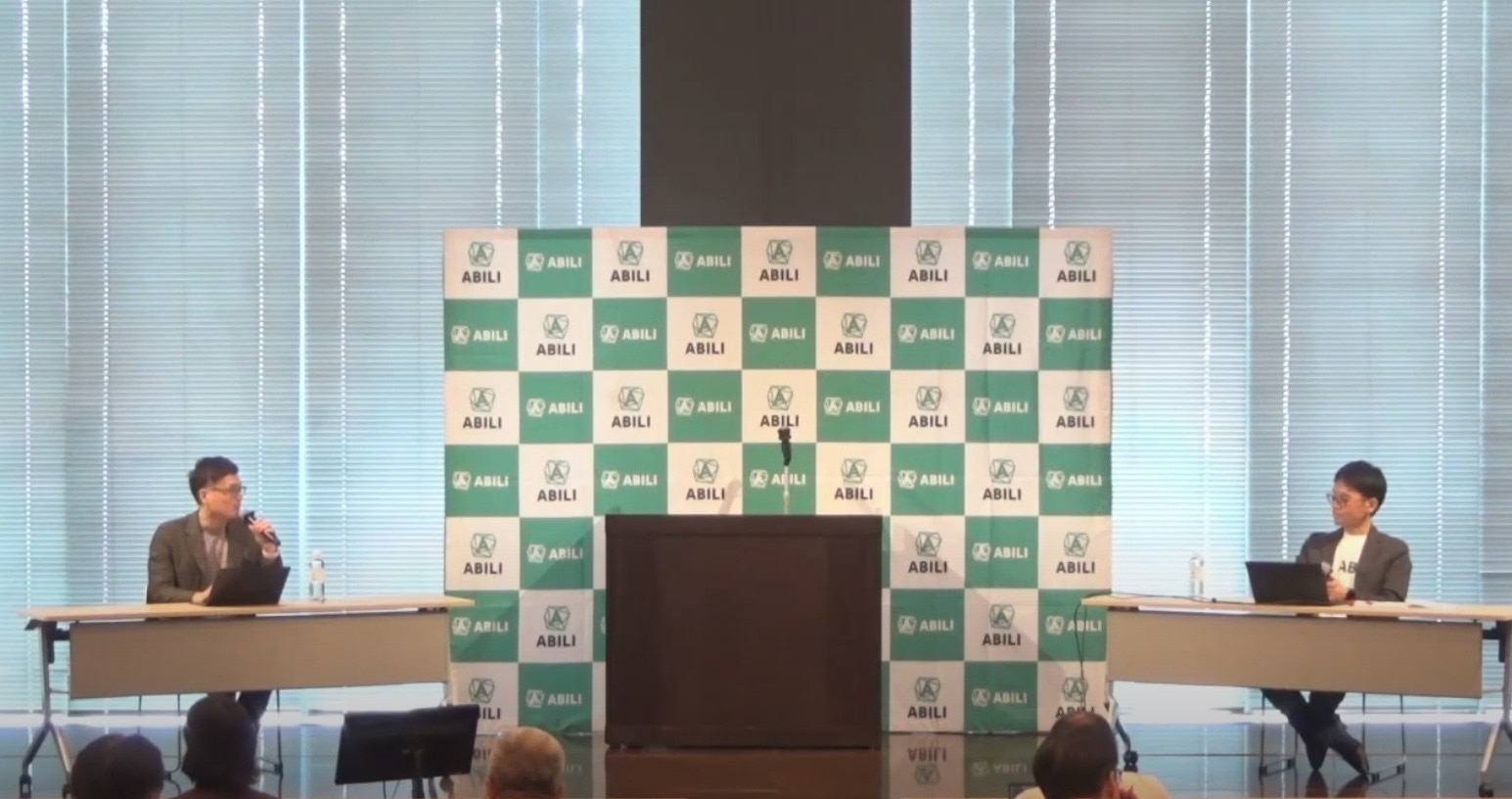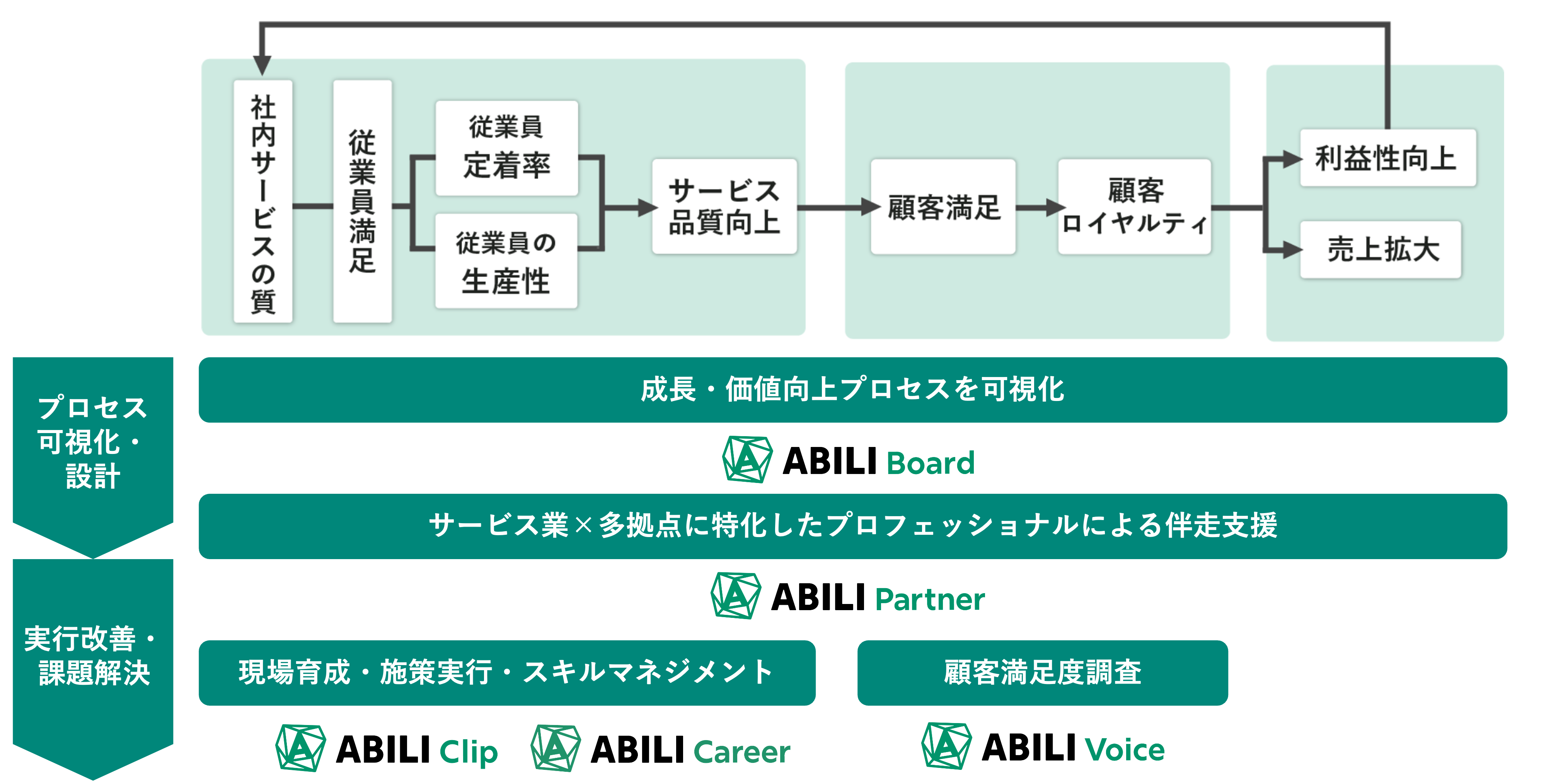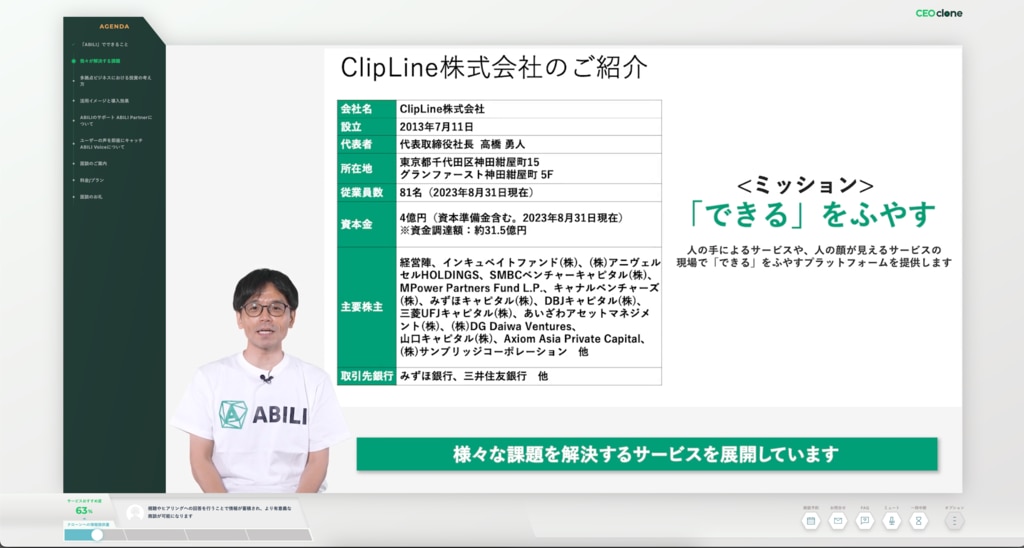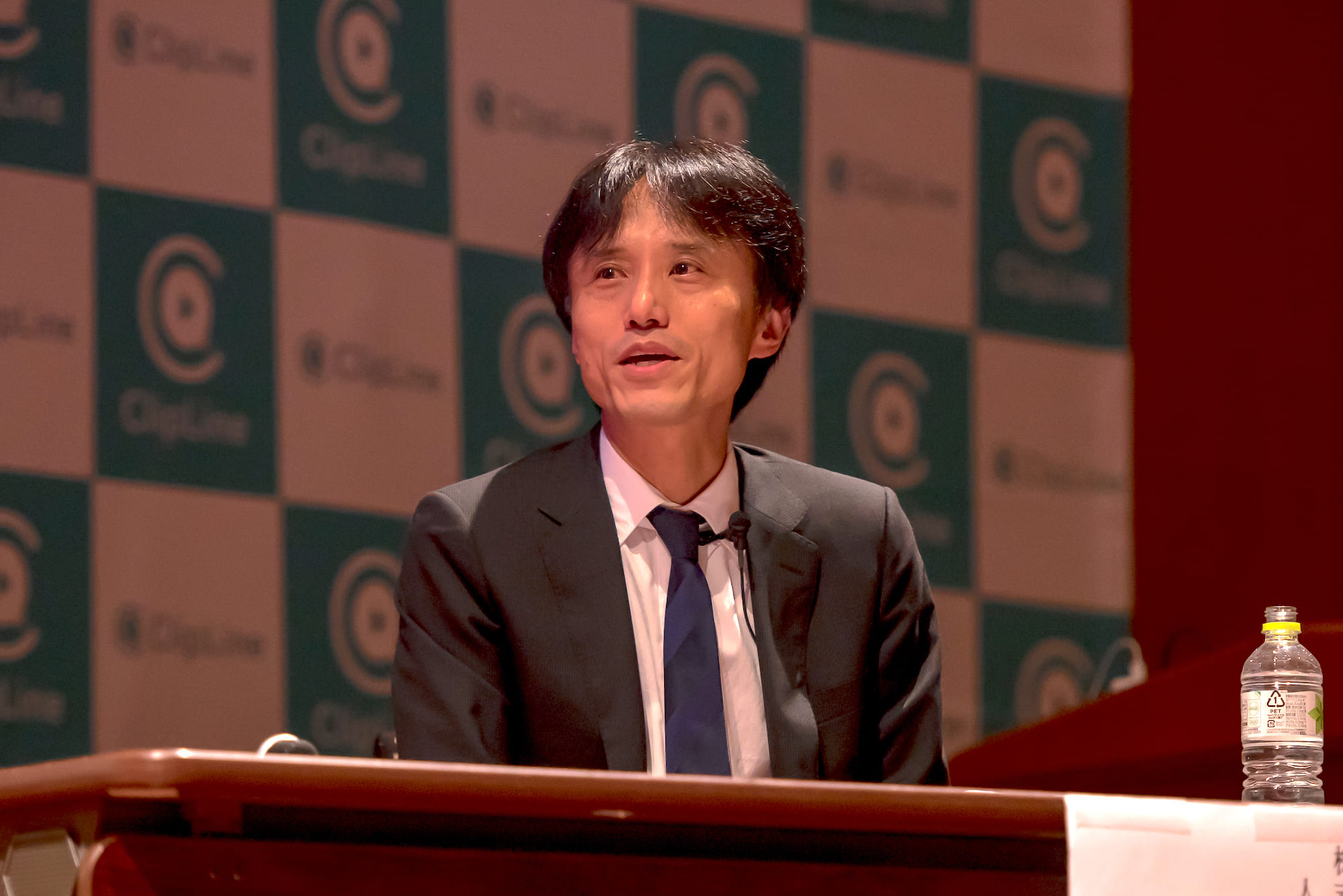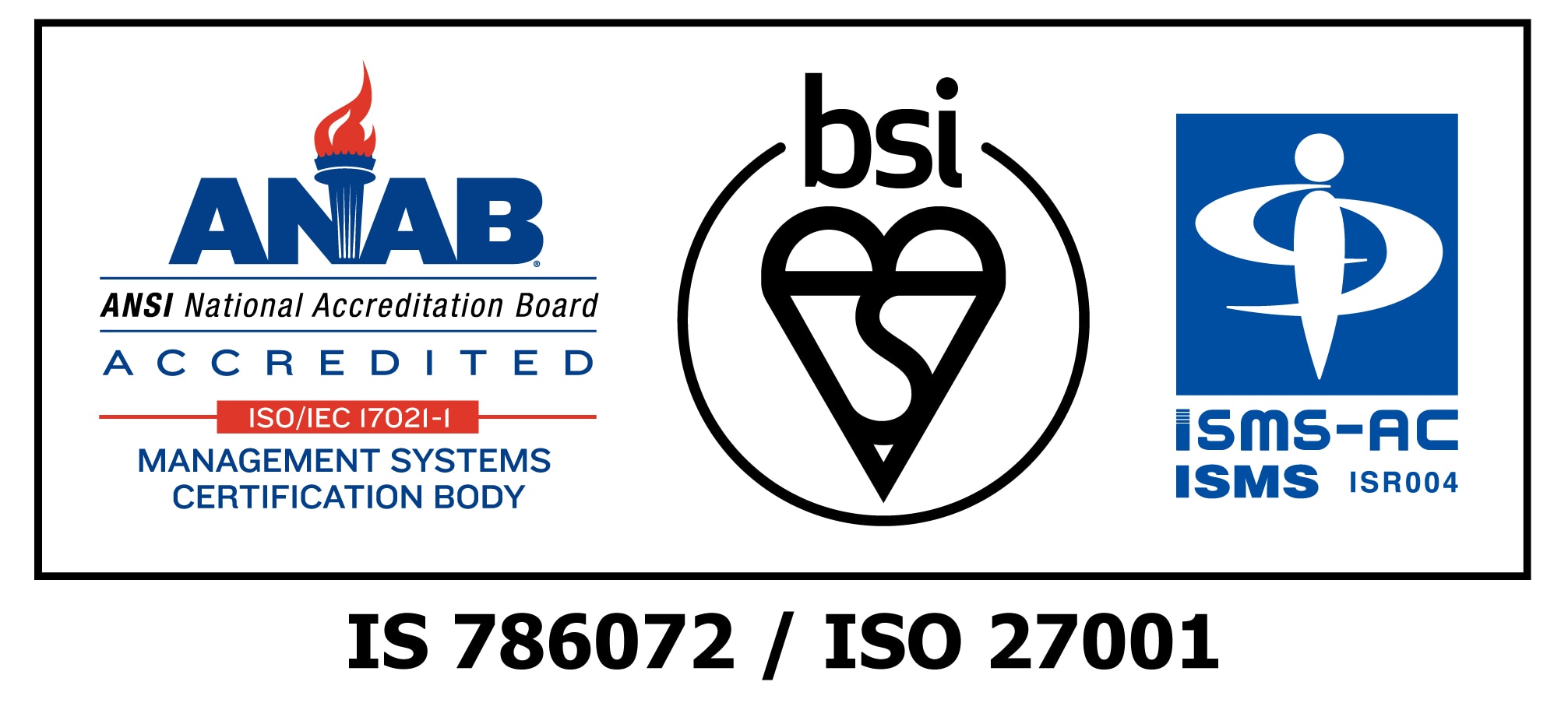What's Service Tech?
Deliver products/services that have "value-added by involving people",
and technology that leverages human-interaction in the service industry.
The technology that is currently permeating the industry, which reduces the amount of human interaction, is not enough to increase the value of services that can only be done with people involved.
In a future where labor shortages and technology will continue to develop further, we believe that "technology that leverages human-interaction in the service industry" is important. We have defined this as "service tech."
Bringing Back the "Value of People" to the Service Industry in an Era of Labor Shortages
A discussion on Service Tech with Professor Iriyama
In the future, AI and robots will do most of the physical and brain work, but what people should be doing is emotional labor. In the service industry, it is important how much you can appeal to people's emotions to make them feel like 'I'm glad I shopped here' or 'I am glad I ate here,' which will create business value.
However, "the quality of service is associated with people, and there are also strong local factors such as individual differences and regional differences among stores. " There are difficulties when it comes to making this a competitive advantage.
Special site on service tech
SERVICE TECH LEADS SERVICE in developement
The special site offers a variety of content, including in-depth discussions with academics and business people on the topic of service tech, as well as case studies of companies that are actually using service tech to enhance the value of their services.
Please visit this site if you are interested in learning more about service tech, various case studies, or if you are involved in the service industry or a multi-location business.
"Technology to Empower People"
Why "Service Tech" for the multi-site service
industry in an era of labor shortages.
Two challenges posed by declining population
Population decline brings more than just the challenge of a shrinking workforce.
It also brings the challenge of reduced consumption, and thus a shrinking market.
Therefore, in future technology, it is important to not only use technology to
save people, but also to use technology to increase the value of services.
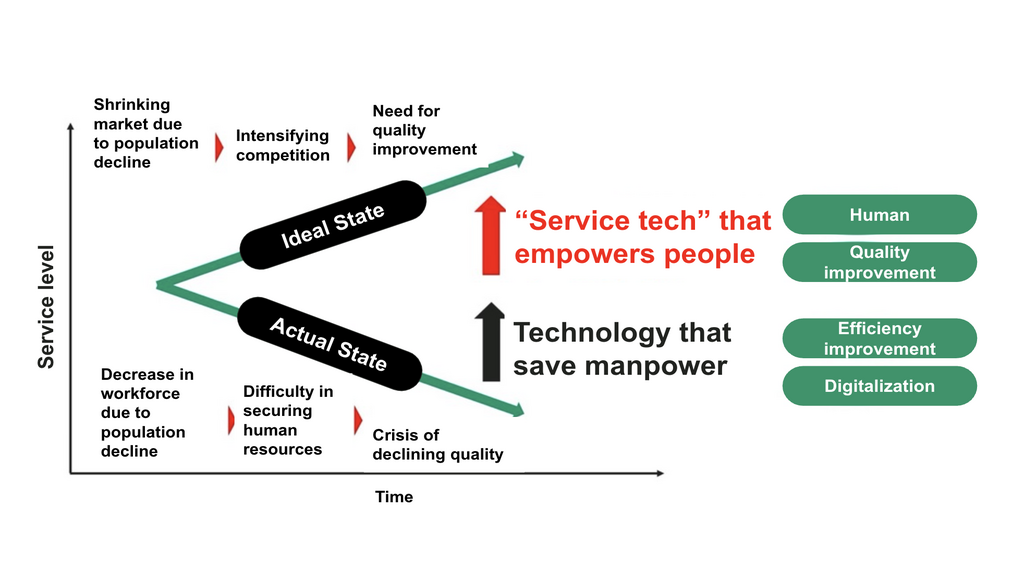
Koji Abe, Editor-in-Chief, Diamond Chain Stores/DCS Online

we need not only technology that reduces the number of people,
but also technology that empowers people and that "increases the value of services"
Barriers to Increasing the Value of Services
Three challenges unique to multi-location businesses
Organizational structure
Information sharing is like a pyramid structure, so it's not correctly or efficiently communicated. Additionally, the burden of operations and training on the store falls on managers and supervisors, resulting in bottlenecks for middle management.
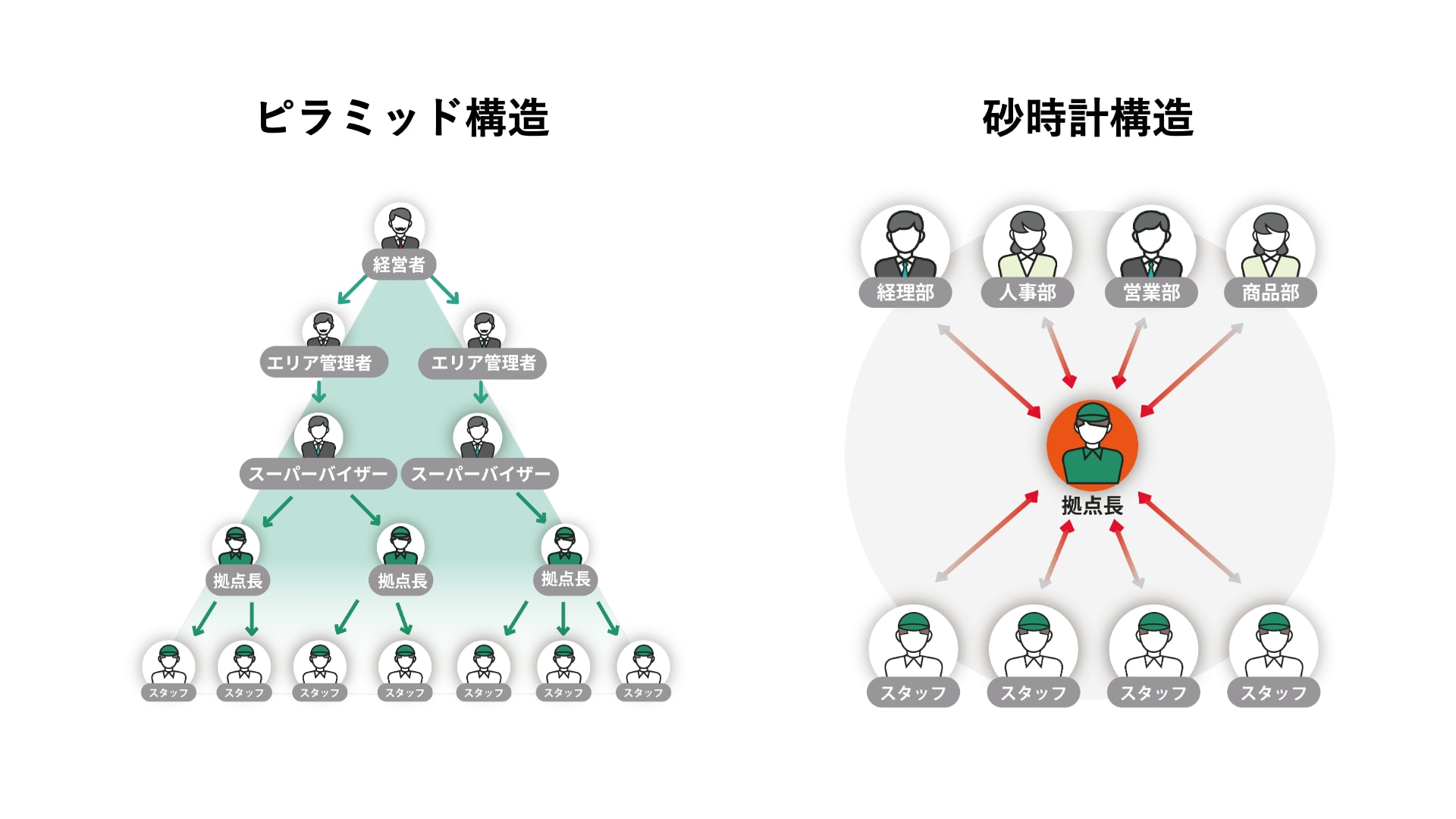

Variations amongst locations
Not only for things such as sales and costs,
service quality and training methods
can vary from store to store.
This makes it difficult to maintain a unified brand image.
Four characteristics of the service
Things like "intangibility" when it comes to knowledge, and "Variability" for quality depending on people and timing, etc.
The four characteristics of service are
difficult to collect data on, and as a result, it is difficult to pass on to technology to improve quality.
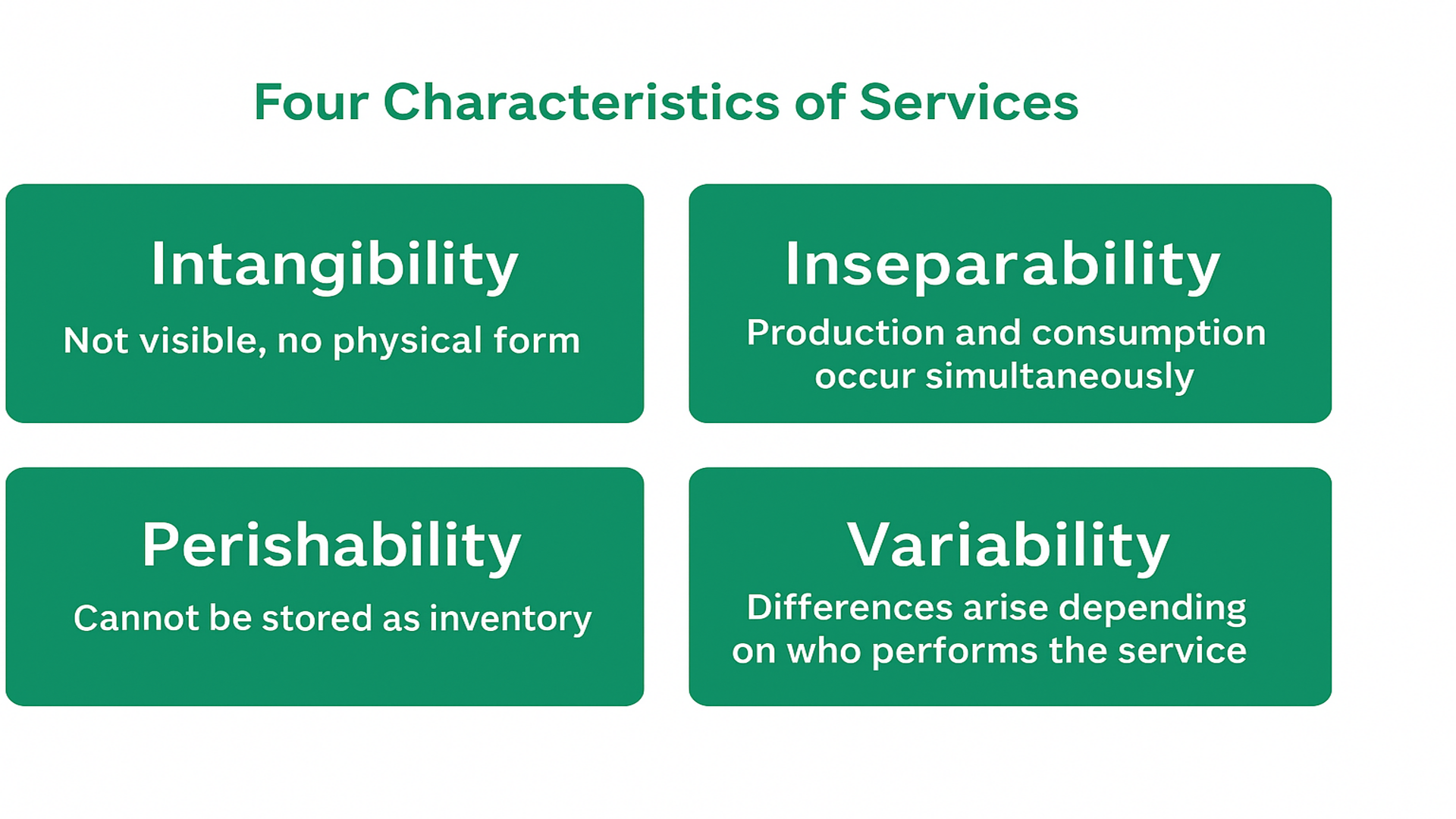
In terms of variation, in the field of business administration, directions in global strategy can be divided into two major I-R frameworks.
Because the needs of the service industry vary widely from region to region and customer to customer, it is necessary to have responsiveness while maintaining a sense of unity. However, if this becomes excessive, the quality of service provided will vary greatly.
How to visualize the variation and maintain control by the head office is one of the major challenges facing the service industry.

to increase the value of services
In an era of labor shortages
ABILI solves the problems of multi-location service businesses through "Service Tech x Execution Support.
ABILIは、サービス業が抱える経営課題の可視化から解決策の実行まで実現する「サービステック」と、成果を創出するための「実行支援」を提供するソリューションです。サービス業、なかでも多拠点に展開されている企業様を中心に、現在70万人以上の方々にご活用いただいています。
Various companies use service tech to
improve their business performance
Krispy Kreme Doughnuts Japan Co.,Ltd.
"By using ABILI Clip, store training, which relied on individual knowledge and experience during the start-up period, can now be conducted from a common perspective within the company.
We feel that the use of ABILI Clip has enabled us to thoroughly implement our customer service approach, including the timing of recommendations, and has helped us to penetrate the market. Additionally the overall effectiveness of the program is also being achieved as key points for overall satisfaction are increasing daily."
VIA Holdings, Inc.
"We need to reform our profit structure in order to achieve renewed growth, and that naturally includes digital transformation and other measures. However, that alone is not enough. We also need something that is, in a sense, spiritual, something that we can rely on. Therefore, we redefined the analog aspects of our strengths, such as making fires and skewering at our yakitori stores, as the essential values that should be retained."
OZEKI Co.,Ltd.
"'OZEKI is just OZEKI,' I think, and I find it difficult to convey this atmosphere in words. So, to convey the brand image of the stores, we decided to take videos and share them internally.
By sharing the same videos and providing guidance from the same perspective, we can standardize the level of customer service and keep it at a high level."
Kizuna Holdings Corporation
Since the introduction of ABILI Clip, NPS®, which was defined as a more important indicator than sales and profit, has increased significantly. The growth in NPS® has been achieved even as the number of stores has expanded, no doubt due to the fact that the company is able to provide uniform, high-quality service at all locations, eliminating the variation in service at each location. (Excerpt from the report)
We offer proposals and support tailored to your needs
for more information
please feel free to contact us


